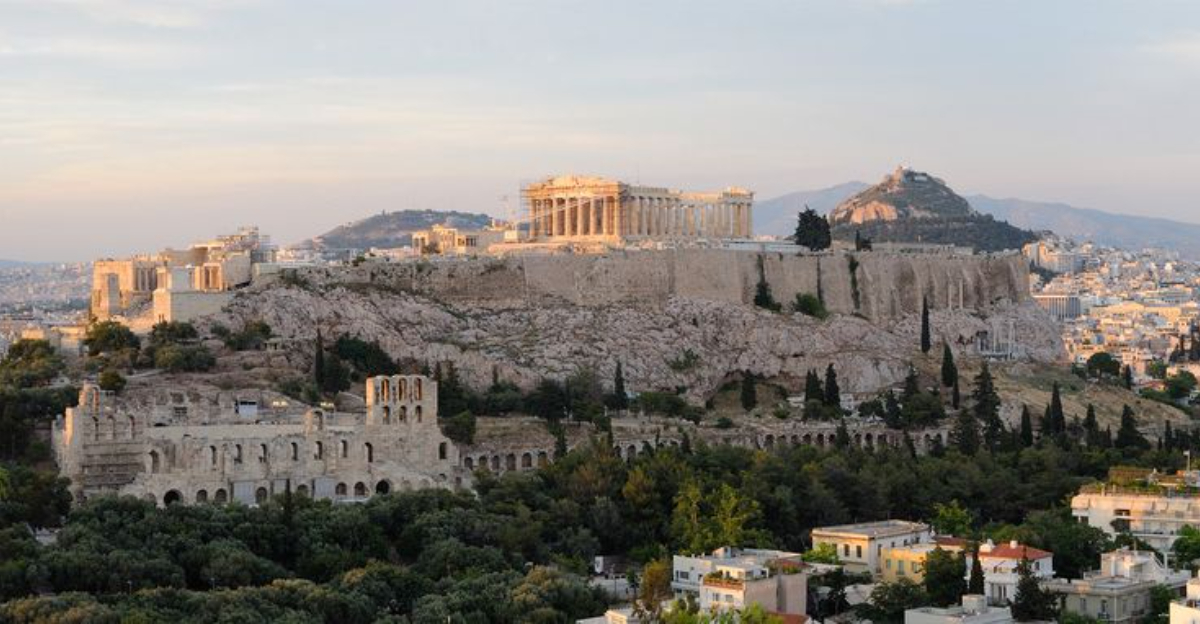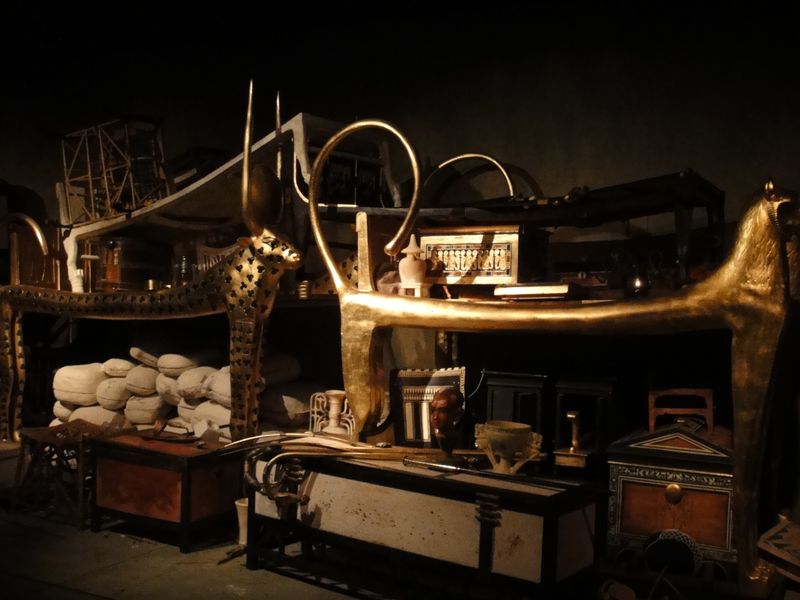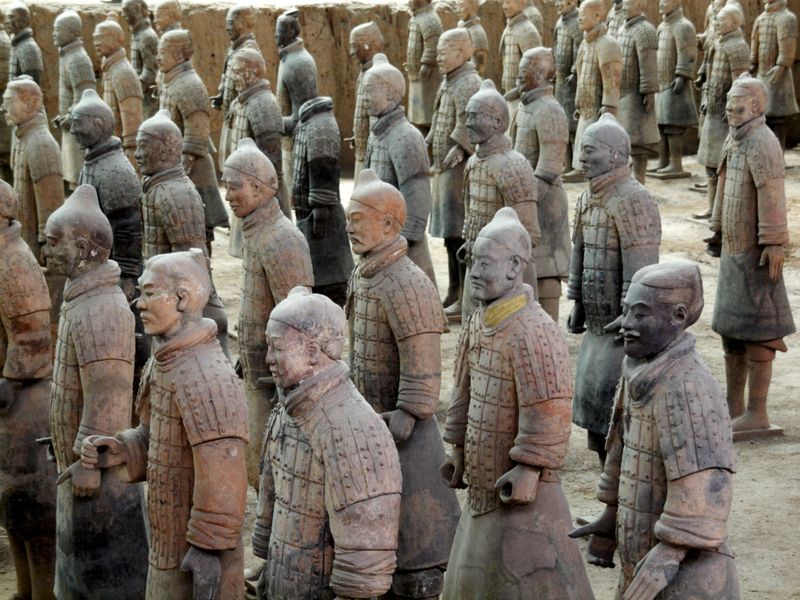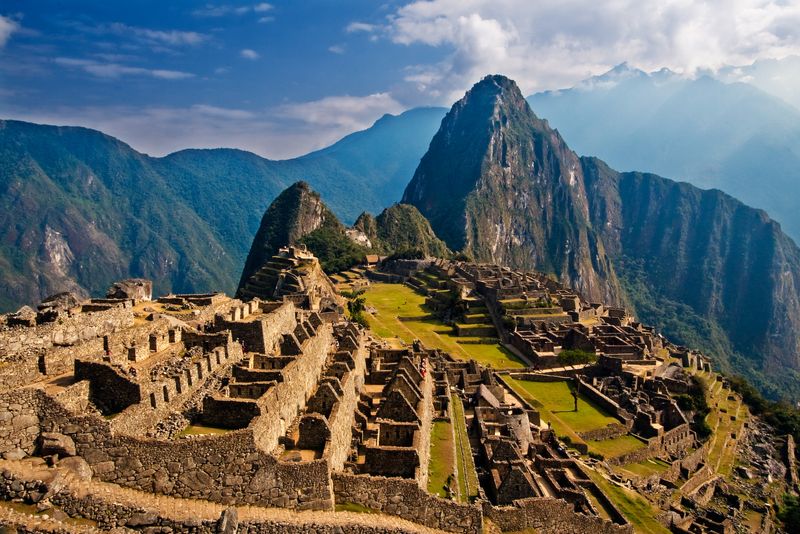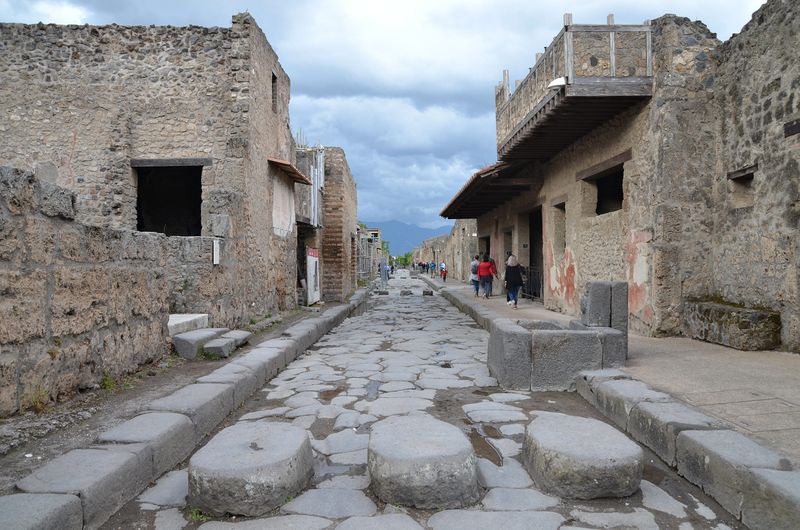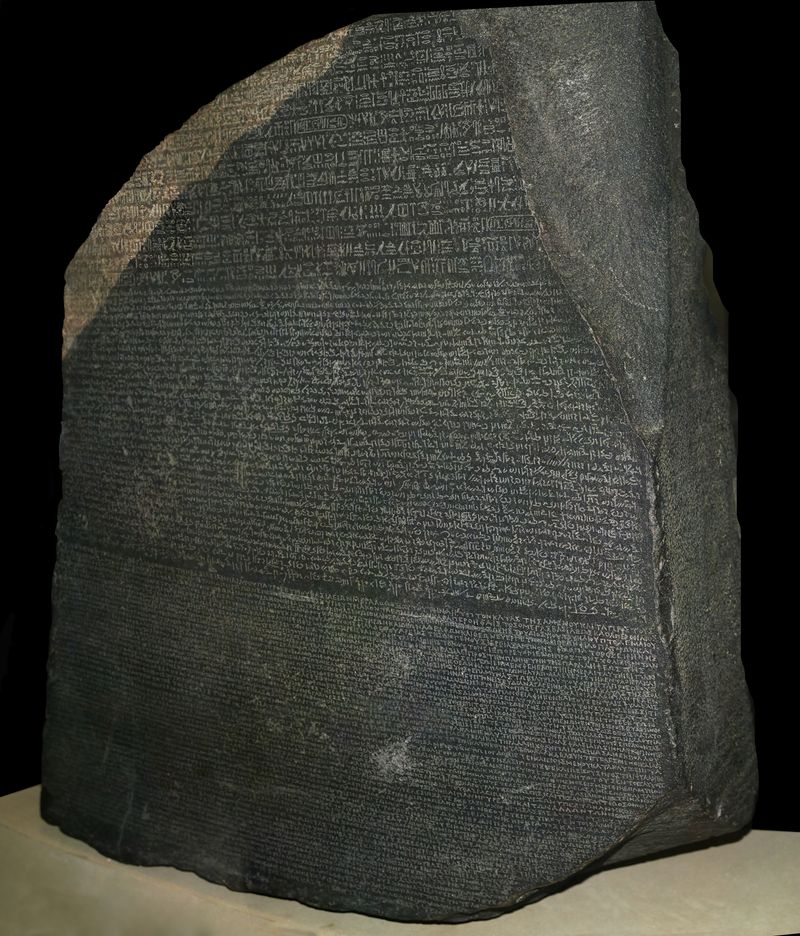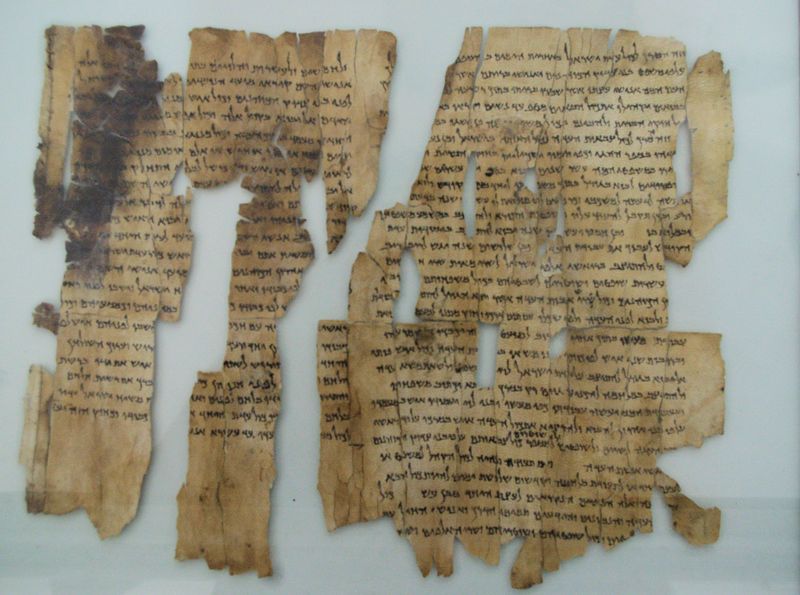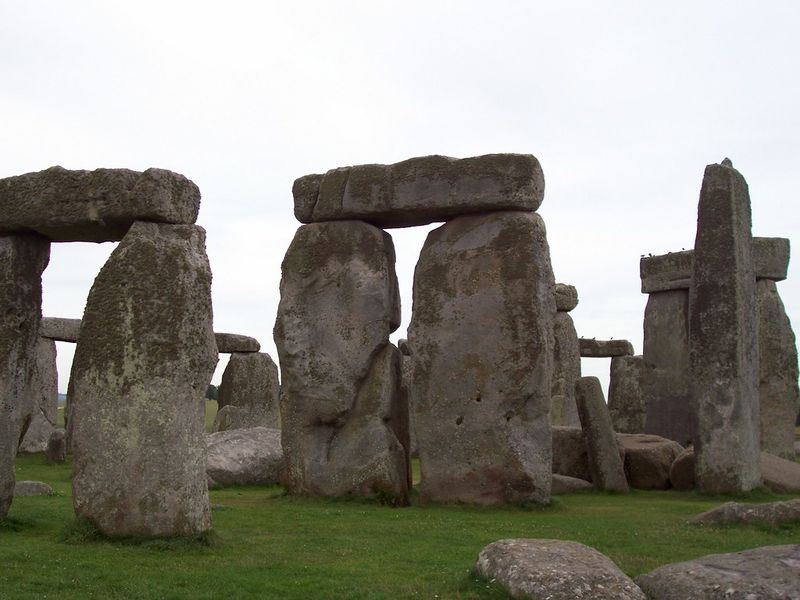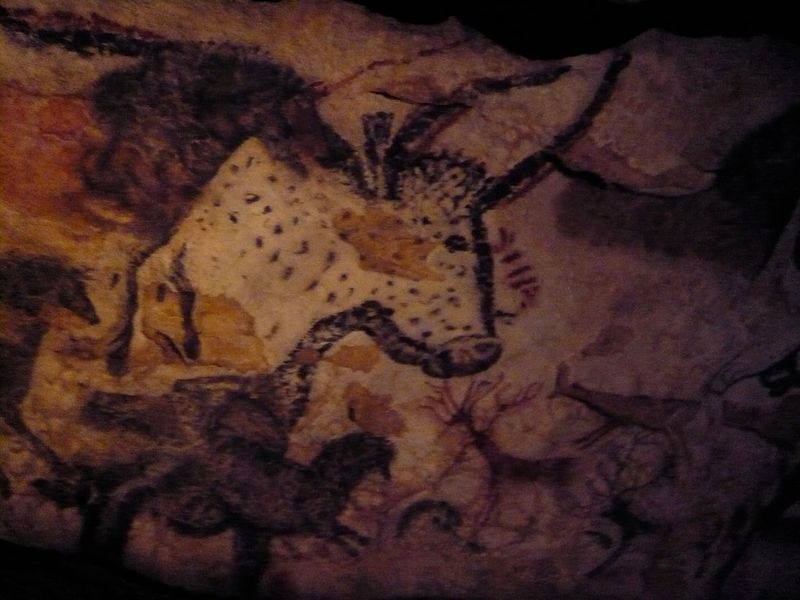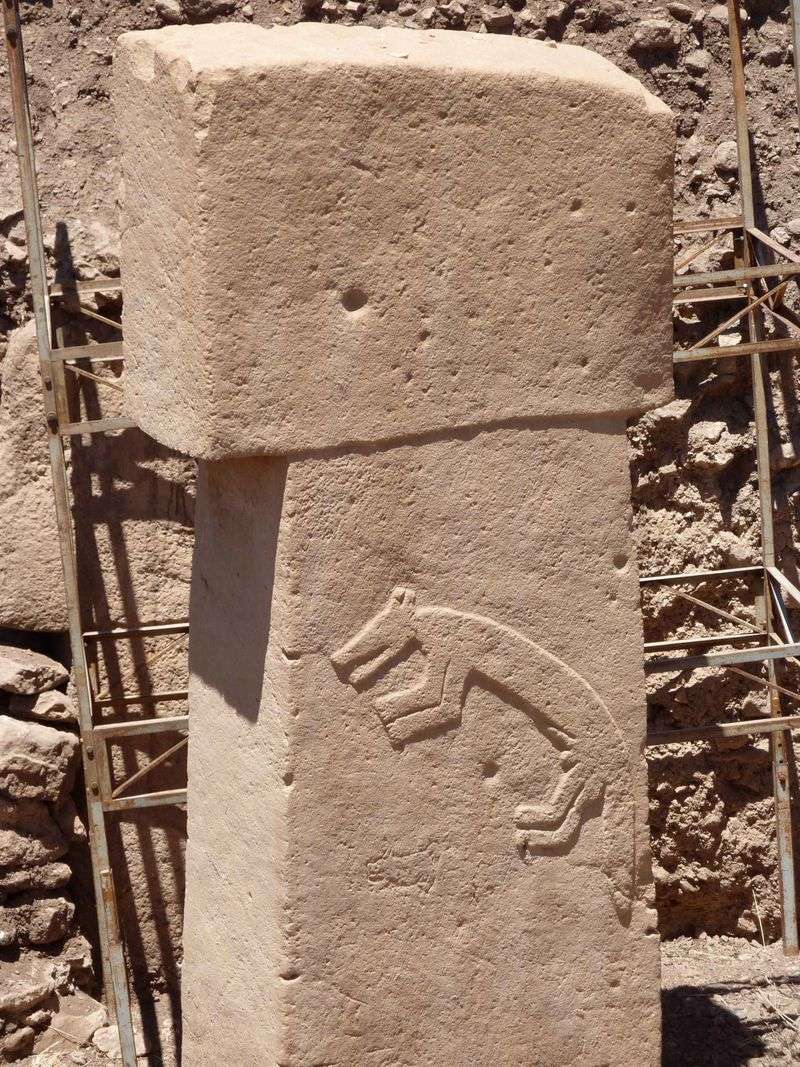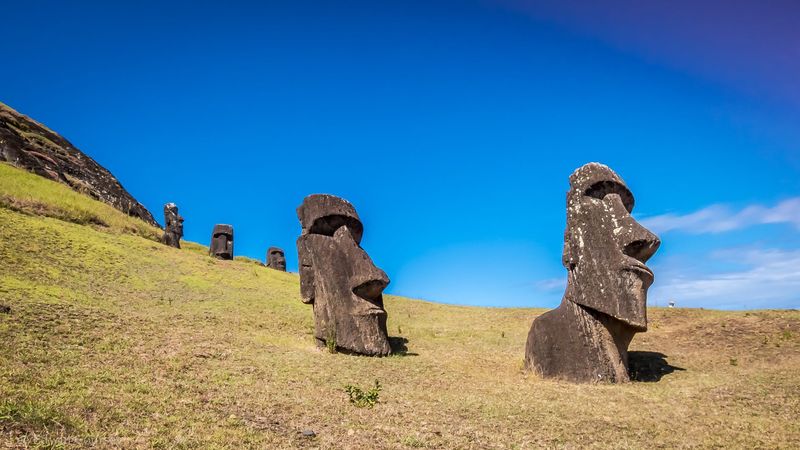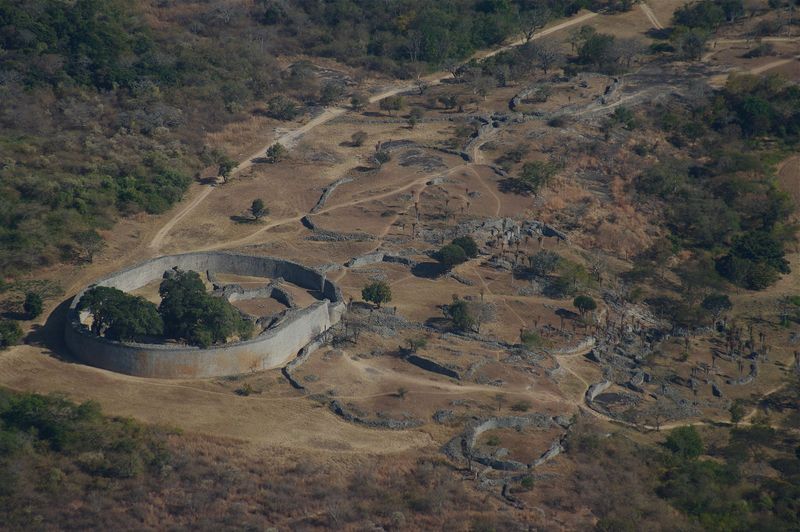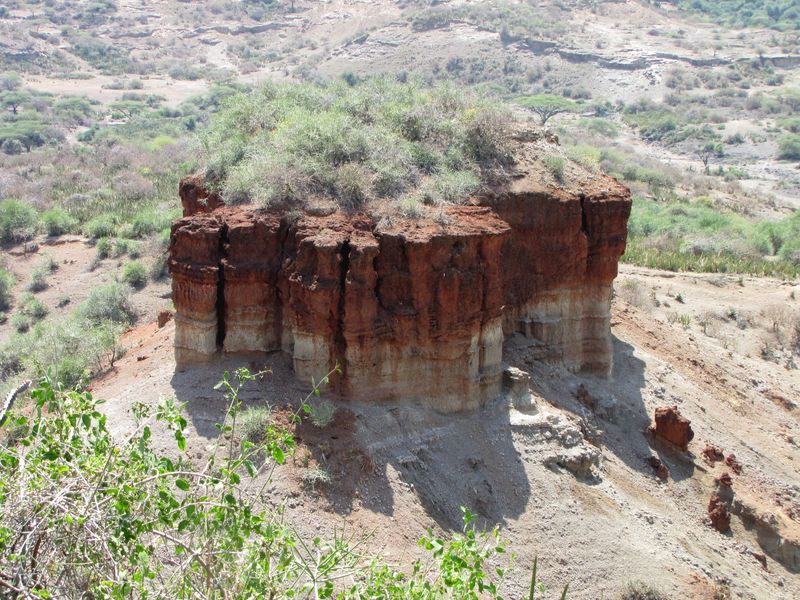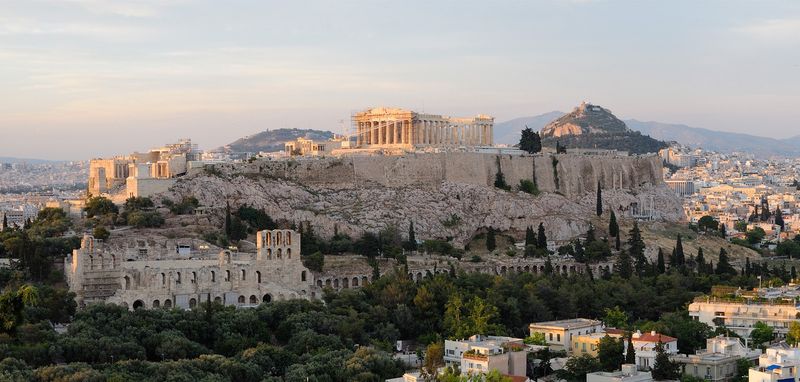Explore the intriguing world of archaeology as we uncover the 13 most groundbreaking discoveries in history. These finds have reshaped our understanding of ancient civilizations, offering glimpses into the lives, cultures, and innovations of our ancestors. From mysterious tombs to ancient manuscripts, each discovery holds a unique tale that continues to fascinate and educate. These archaeological treasures not only reveal the past but also influence present and future narratives of our shared human history. Join us on this journey through time and explore the stories behind these extraordinary finds.
Tutankhamun’s Tomb
Discovered in 1922 by Howard Carter, the tomb of Tutankhamun is one of Egypt’s most famous archaeological finds. This relatively intact tomb provided unprecedented insight into the life and death of the young Pharaoh from the 18th dynasty.
The treasures found within, including the iconic golden mask, have captivated historians and the public alike. The discovery sparked renewed interest in ancient Egyptian culture and history, showcasing intricate craftsmanship and burial rituals.
Today, the artifacts from Tutankhamun’s tomb continue to draw crowds, illustrating the enduring allure of Egypt’s ancient past.
Terracotta Army
In 1974, farmers in Xi’an, China, unearthed the first pieces of what would become known as the Terracotta Army. This vast collection of life-sized figures was buried with China’s first Emperor, Qin Shi Huang, to accompany him in the afterlife.
The army includes soldiers, chariots, and horses, each uniquely detailed, showcasing remarkable artistry and insight into ancient Chinese military practices.
This discovery has provided invaluable information about the Qin Dynasty, highlighting the emperor’s power and the era’s advances in technology and art.
Machu Picchu
Nestled high in the Andes Mountains, Machu Picchu is a testament to the ingenuity of the Incan civilization. Rediscovered by Hiram Bingham in 1911, this site offers a glimpse into a sophisticated urban layout and architectural prowess.
The city’s structures, built without mortar, showcase advanced engineering techniques and thoughtful integration with the natural landscape.
Machu Picchu is not only a marvel of engineering but also a cultural symbol, representing the resilience and creativity of the Incan people and drawing millions of visitors worldwide.
Pompeii
Frozen in time by the eruption of Mount Vesuvius in 79 AD, Pompeii offers a unique snapshot of Roman life. Excavations of this site began in the 18th century, revealing well-preserved buildings, streets, and artifacts.
The suddenness of the volcanic eruption preserved Pompeii’s structures and the daily lives of its inhabitants, providing remarkable insights into Roman society, culture, and art.
Visitors can walk through the ancient streets and imagine life as it was, making Pompeii a poignant reminder of nature’s power and historical preservation.
Rosetta Stone
Discovered in 1799 by a French soldier, the Rosetta Stone became key to deciphering Egyptian hieroglyphs. This granodiorite stele features the same text in three scripts: Greek, Demotic, and hieroglyphs.
By comparing these, scholars unlocked the language of ancient Egypt, opening new avenues for historical and cultural understanding.
The Rosetta Stone remains a symbol of linguistic breakthrough and is housed in the British Museum, continuing to inspire linguists and historians alike with its story of discovery and decipherment.
Dead Sea Scrolls
The Dead Sea Scrolls, discovered between 1947 and 1956 in the Judean Desert, include some of the oldest known manuscripts of the Hebrew Bible. These scrolls provide critical insights into the religious practices and societal norms of ancient Jewish communities.
Their preservation over millennia is remarkable, offering historians a rare glimpse into ancient texts and traditions.
Housed in various museums, the scrolls continue to be a focal point for biblical scholarship, enhancing our understanding of religious history and textual evolution.
Stonehenge
Stonehenge, an iconic prehistoric monument in England, has long fascinated researchers and visitors. Its massive stone circle, constructed around 3000 BC to 2000 BC, raises questions about its purpose and the people who built it.
Theories range from astronomical observatory to religious site, but its exact function remains elusive. What is clear is the sophisticated understanding of engineering and astronomy required in its construction.
Stonehenge continues to attract millions, offering a tangible connection to prehistoric culture and sparking curiosity about our ancient past.
Lascaux Cave Paintings
Discovered in 1940, the Lascaux Caves in France are home to some of the world’s most exquisite prehistoric art. The cave’s walls are adorned with over 600 paintings of animals, showcasing the creativity and skill of early humans.
These paintings give insight into the lives and beliefs of our ancestors, depicting scenes of hunting and possibly spiritual rituals.
Preservation efforts continue to protect this fragile heritage site, ensuring that future generations can appreciate these stunning examples of prehistoric art and the stories they tell.
Gobekli Tepe
Considered one of the world’s oldest temples, Gobekli Tepe in Turkey predates Stonehenge by thousands of years. Discovered in the 1990s, it features massive stone pillars adorned with intricate carvings.
These structures suggest complex societal and ritualistic practices long before the advent of agriculture and settled life.
Gobekli Tepe challenges previous assumptions about early human societies, offering a new understanding of prehistoric social structures and spiritual life, marking a significant shift in archaeological thought.
Easter Island Moai
The Moai of Easter Island, carved by the Rapa Nui people, stand as a testament to human creativity and perseverance. These monolithic statues, with their enigmatic expressions, were carved between 1400 and 1650 AD.
Their sheer size and number reflect a sophisticated society capable of complex engineering feats and community organization.
The mystery of their creation and transportation continues to intrigue researchers, while the Moai themselves serve as a cultural emblem, representing ancestral spirits and societal identity.
Great Zimbabwe
Great Zimbabwe, a medieval city in southeastern Africa, epitomizes the architectural prowess of the Shona civilization. This site’s massive stone structures, built without mortar, date back to the 11th century.
Its discovery challenged colonial narratives about African history, highlighting indigenous innovation and complexity.
Today, Great Zimbabwe stands as a powerful symbol of African heritage and resilience, drawing scholars and tourists interested in its historical and cultural significance.
Olduvai Gorge
Olduvai Gorge in Tanzania is one of the most important paleoanthropological sites in the world. Here, the Leakey family discovered fossils of early hominids, providing crucial evidence of human evolution.
The gorge’s sedimentary layers offer a rich record of environmental and climatic changes over millions of years.
Findings from Olduvai continue to shape our understanding of human ancestry, evolution, and migration, underscoring the region’s significance in the story of human origins.
Acropolis of Athens
The Acropolis of Athens, particularly the Parthenon, is a symbol of ancient Greek civilization and its lasting influence on Western culture. Constructed in the 5th century BC, this architectural masterpiece exemplifies classical art and philosophy.
The Acropolis has endured through wars and natural disasters, symbolizing resilience and cultural continuity.
Today, it attracts millions of visitors annually, offering a window into ancient Greek society, democracy, and artistic achievement, inspiring admiration and scholarly study alike.
